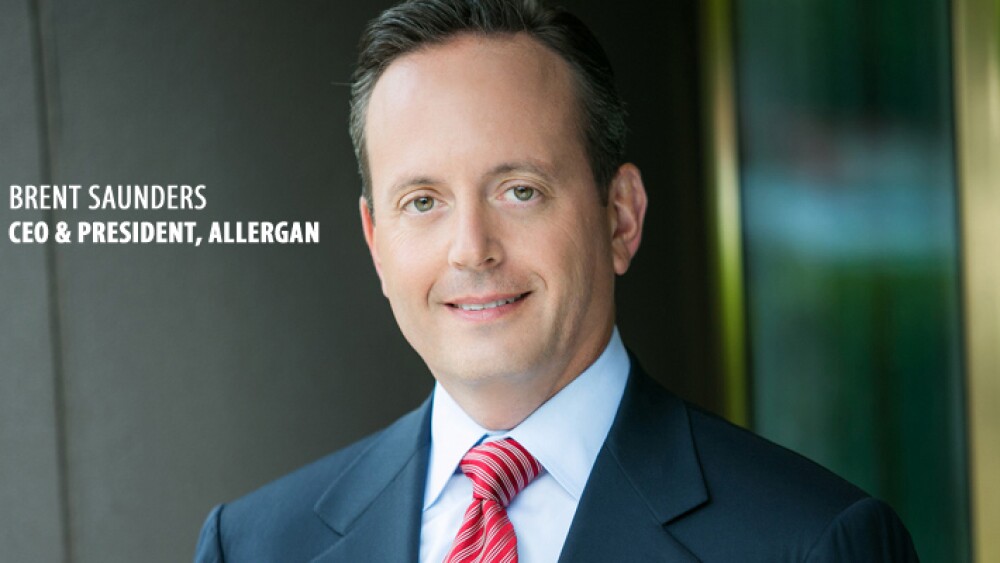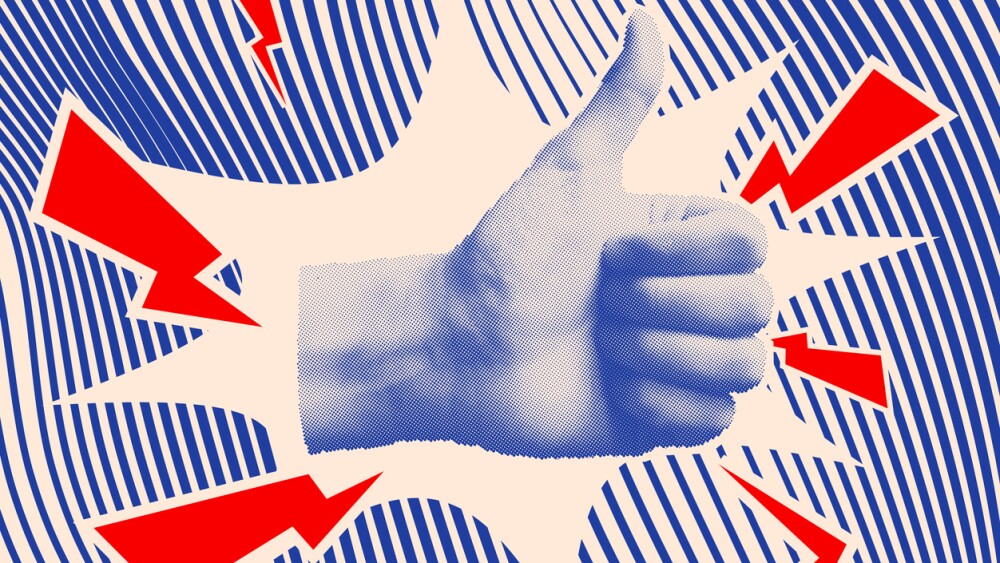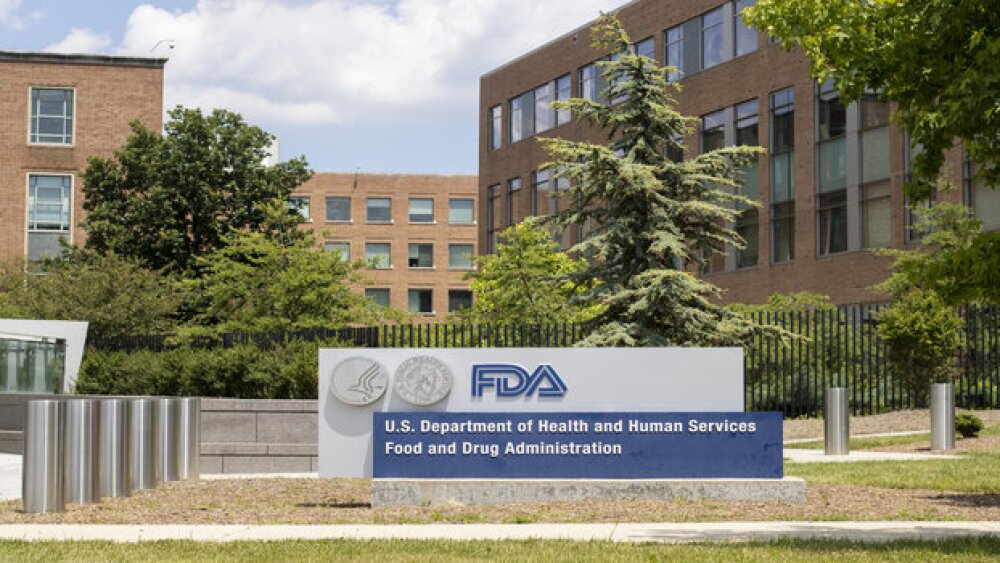January 4, 2017
By Alex Keown, BioSpace.com Breaking News Staff
NEW YORK – In September 2016. Allergan ’s Chief Executive Officer Brent Saunders publicly vowed to keep price increases on the company’s drugs under 10 percent in 2017. Four days into the new year, Saunders has kept his word. On Jan. 1, the Irish company announced nine older drugs would see price increases of 9 to 9.5 percent–staying under that 10 percent mark.
The company said these price increases will be the only ones for these particular drugs this year, according to a report in The Street. In its report, the Street cited Evercore analyst Umer Raffat, who said on Tuesday in a research note that “Allergan did not implement price increases on products approaching patent expiry near-term.”
The drugs the company announced increases for are:
1. Linzess (linaclotide), a gastrointestinal drug was increased by 9.5 percent
2. Lo Loestrin Fe, a birth control drug, was increased by 9 percent
3. Glaucoma drug Lumigan (bimatoprost) was increased by 9.5 percent
4. Namenda XR for dementia associated with Alzheimer’s disease was increased by 9.5 percent
5. Carafate for intestinal ulcers was increased by 9.5 percent
6. Fetzima for depression was increased by 9.5 percent
7. Minastrin, another birth control pill, was increased by 9 percent
8. Intrauterine device Liletta was increased by 9.5 percent
9. Teflaro, an antibiotic, was increased by 5 percent
In September, Saunders announced the company’s “social contract” with patients as it pertained to pricing of drugs. The announcement, which was made in a blog post on the company’s website, was in response to public outcry over Mylan’s price increases for the Epi-Pen Auto Injector.
“Where we increase price on our branded therapeutic medicines, we will take price increases no more than once per year and, when we do, they will be limited to single-digit percentage increases. Our expectation is that the overall cost of our drugs, net of rebates and discounts, will not increase by more than low-to-mid single digits percentages per year, slightly above the current annual rate of inflation,” Saunders said in the post.
Additionally, Saunders said the company would not issue “major price increases” of drugs that are nearing the end of their patent protection without corresponding cost increases.
“While we have participated in this industry practice in the past, we will stop this practice going forward. Where new regulatory requirements impose added costs, we will seek to reflect those costs in our pricing,” Saunders said in the blog post.
Allergan is certainly not the only company to raise prices. Other companies that started the new year with price increases on some drugs include Teva Pharmaceuticals , which set prices of some of its drugs between 6 and 9 percent higher, and Horizon Pharma , which increased some of its drugs by 9.9 percent.
In comparison to some price increases, industry observers witnessed in 2016, the less-than-10 percent prices seem small. Wells Fargo analyst David Maris told BioPharma Dive that “that prices for 19 drugs increased by more than 1,000 percent, while 43 drugs crossed the 500 percent threshold and 100 drugs had prices doubled. Prices on almost 2,000 drugs were increased by between 9 percent and 40 percent.”





